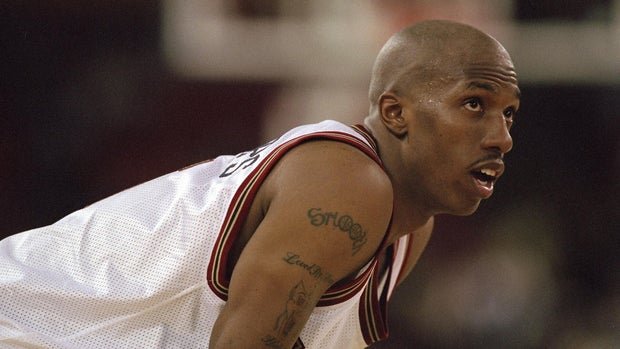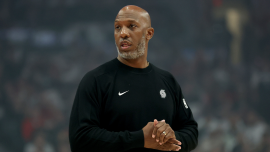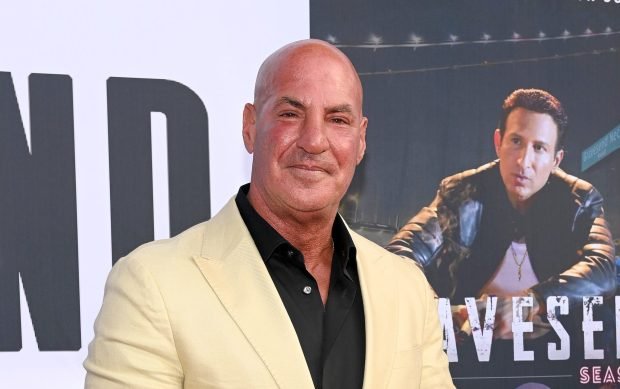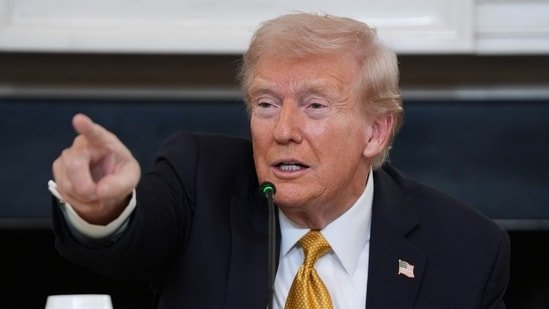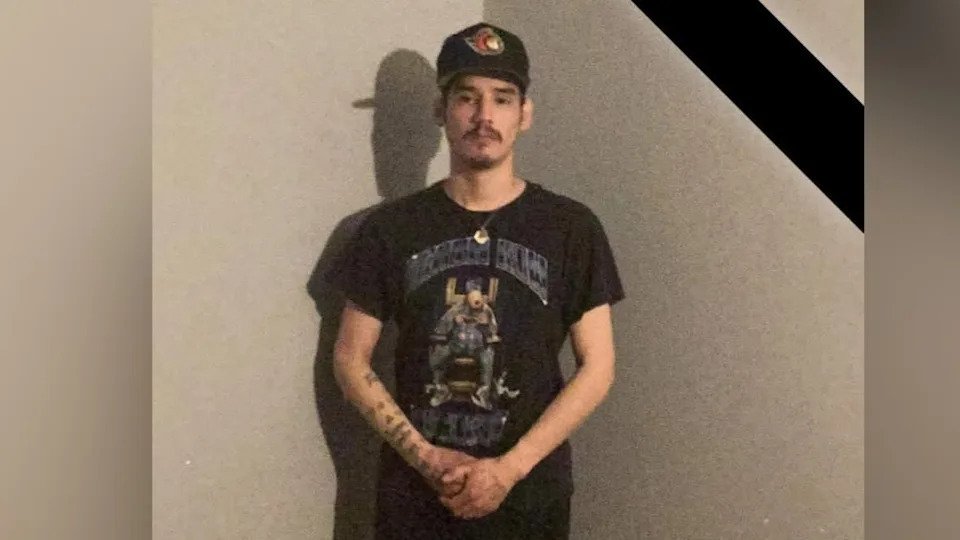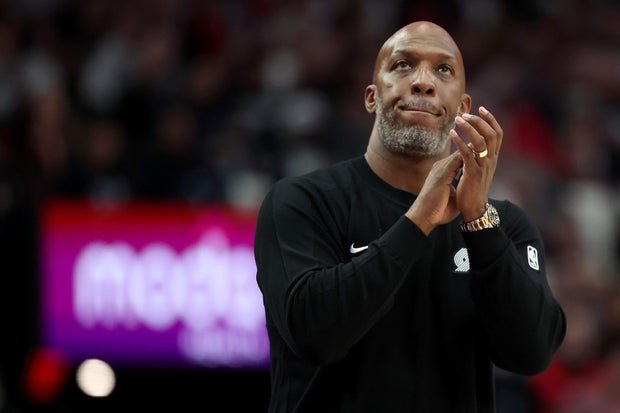The history of movie screenings in the White House did not begin auspiciously.
On February 18, 1915, D.W. Griffith unspooled his three-hour “The Birth of a Nation” in the East Room of the White House to a rhapsodic response. The then-president, Woodrow Wilson, was a defender of the Confederacy and peddled “Lost Cause” propaganda, and he was literally quoted three times in the film itself, including a remark in which he praised the Ku Klux Klan.
It’s generally accepted that after that screening Wilson said of Griffith’s film, immediately controversial upon release as it has been ever since, that it was “like writing history with lightning.” If this choice as the first movie ever projected inside the White House is lamentable, take heart in knowing that there was a previous screening outside on the lawn of the 1914 Italian silent masterpiece “Cabiria” that was the very first movie shown on the grounds full-stop.
These screenings kicked off a history of moviegoing at the White House that has continued ever since, culminating with the conversion of an East Wing cloakroom into the White House Family Theater, an on-site cinema, in 1942.
Well, it was a history that lasted until October 2025. The movie theater was razed this week as part of the Trump administration’s demolition of the entire East Wing to make way for a proposed $300 million ballroom. A lot of history was lost this week, but the movie theater was part of it — and it shouldn’t be forgotten.
Capable of seating 42, the White House Family Theater came about at a moment when the Franklin Roosevelt administration recognized the unique power movies held over the public. This was a time when the average moviegoer went to the cinema twice per week. And as America lurched over closer to entering World War II, despite national polls showing the American public was extremely isolationist and that Charles Lindbergh’s “America First” rhetoric had taken root, Roosevelt recognized that closer ties with the American movie industry might be in the government’s best interest. When the U.S. finally entered the war, Roosevelt said, “Entertainment is always a national asset. Invaluable in time of peace, it is indispensable in wartime.”
Creating a Bureau of Motion Pictures, Roosevelt also transformed part of the White House’s East Wing in order to screen films as a way of gauging the national mood. As the White House Historical Association puts it, “In 1942, Roosevelt ordered an East Terrace cloakroom called the ‘Hat Box’ converted into a movie theater. Here the president enjoyed watching news reels and took special interest in the battles fought in Europe and Asia.”
Since then, films screened in the White House Family Theater have been a matter of public record. The Washington D.C. rare books store Second Story Books has a handwritten log of many of the movies screened during the FDR, Truman, and Eisenhower administrations, and it’s an eclectic list. FDR watched Paul Robeson in “The Emperor Jones” along with many Marie Dressler comedies. Many Disney films were screened for younger members of the Roosevelt family. And he even took movies on the road, including the 1943 version of “The Phantom of the Opera” to that year’s Cairo Summit, and Howard Hawks’ masterpiece “To Have and Have Not” to Yalta. The final film FDR watched before his death was the Charles Laughton noir “The Suspect,” screened in March 1945 and with Crown Princess Juliana of Holland in attendance.
Decades before President Obama made the reveal of his favorite movies each year an annual event, a kind of White House to Oscars pipeline took hold, starting with a White House screening of 1948’s eventual best picture winner “Hamlet.” Eisenhower’s screening of “High Noon,” which he later declared a personal favorite, established that movie as a go-to answer for presidents or aspiring presidents when asked their favorite movie.
The D.C.-Hollywood connection was then forever set during the Kennedy Administration. On November 20, 1963, two days before his assassination, JFK watched the last movie he’d ever see, the second James Bond entry, “From Russia with Love” — he had declared Fleming’s original novel one of his top 10 favorite books.
Subsequent administrations would go so far as to keep official screening records of all the movies watched at the White House Family Theater in their respective presidential libraries (though the University of Chicago Press compiled all of Nixon’s screenings, which featured some contemporary titles but veered more toward Old Hollywood throwbacks). There are publicly accessible archives online through these libraries where you can see what exactly was screened for POTUS during the Reagan administration, Bill Clinton’s, and George W. Bush’s.
Jimmy Carter saw about 480 movies at the White House during his four-years in office, including a pre-Cannes screening of “Apocalypse Now” in May 1979 with Francis Ford Coppola in attendance. One screening of Ingmar Bergman’s “Autuma Sonata” apparently drew 48 White House staffers, beyond the Family Theater’s capacity. Carter’s moviegoing even extended to Camp David, where he arranged a screening for Egyptian leader Anwar Sadat of “Star Wars” that they watched together in the leadup to the historic summit that led to peace between Egypt and Israel. Paul Schrader’s “Hardcore”? Screened at the White House.
Moviegoing at the White House Family Theater arguably hit an all-time high during the Reagan years, not surprising given that the White House’s occupant was a former Hollywood movie star himself. But Reagan went a step further than his predecessors by leaving mini reviews of the movies he screened, as recalled in the memoir of his press secretary Mark Weinberg, titled “Movie Nights with the Reagans.” Reagan’s taste could be pretty wide-ranging, and for as much he was a staunch anti-communist Reagan told Warren Beatty he wished his movie “Reds” had a happy ending.
Later on, Gwyneth Paltrow says that Bill Clinton dozed off and snored loudly during a screening of “Emma,” while Roland Emmerich recalled to THR how Bill Clinton watched the White House get blown up for a screening of “Independence Day.” George W. Bush took the White House Family Theater so seriously that he actually had the whole thing redecorated in movie theater red to look like an old movie palace. Barack Obama screened “La La Land,” and Donald Trump‘s first movie he watched there was “Finding Dory.”
Now, the White House Family Theater is no more.



